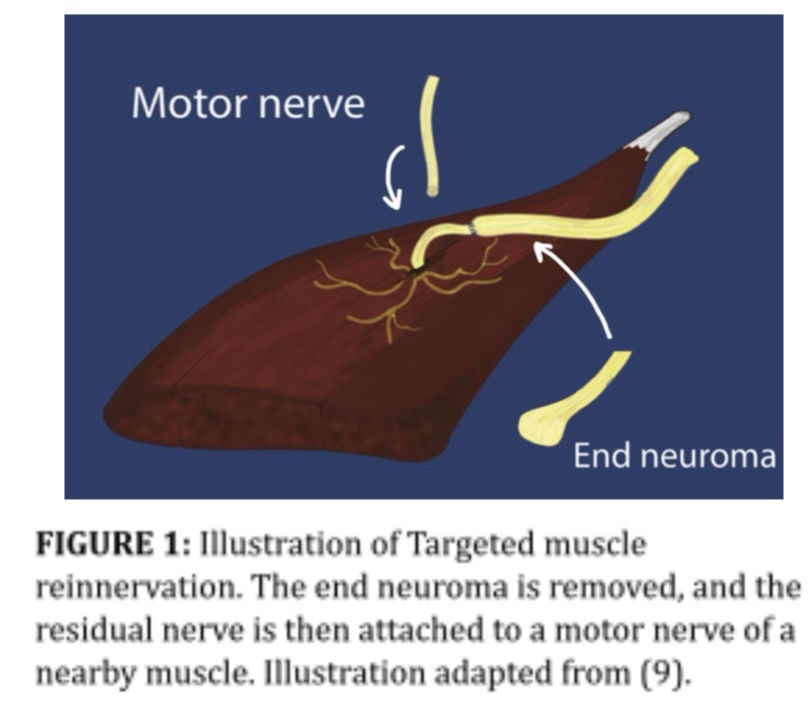Targeting cell surface trafficking of pain-facilitating receptors to treat chronic pain conditions
- Elena Hebden
- Dec 1, 2021
- 4 min read
Whilst completing the subject Physiological Systems, students were asked to select an article, complete a summary, and then present the articles findings. Our group focused on a novel treatment for chronic pain, which affects over 1.6 million Australians. Below is the section I presented.
The individual summary I completed of the research article is under the video.
Feedback on the presentation speccific to my peformance: I commend the second speaker for speaking clearly and professionally". We recieved a high distinction for this assessment.
Weiya Ma & Remi Quirion (2014) Targeting cell surface trafficking of pain- facilitating receptors to treat chronic pain conditions, Expert Opinion on Therapeutic Targets, Volume 18 (issue), 459-472.
Introduction
Chronic pain is a debilitating condition that affects over 1.6 million Australians (Chronic pain in Australia. 2020) and is characterised as “pain that persists or recurs for more than 3 months” (Treede et al., 2019). Current treatment for chronic pain is limited, and widely treated with opioid analgesics. Opioids are the most powerful drugs available for the relief of pain (Rang et al., 2015) however they can have some serious consequences. Side effects include sedation, nausea, constipation, and most seriously respiratory depression and dependence (Rang et al., 2015). The limited treatment options, combined with the urgency of patient needs and the effectiveness of these analgesics have created the opioid crisis (Volkow & McLellan, 2016). Over the last two decades pharmaceutical opioid use has increased by 15 times, and pharmaceutical opioid use has contributed to 70% of opioid overdose fatalities in Australia (Larance et al., 2017). There is evidently a great need for alternative pain management treatments that are safe and effective for patients.
Main points of the Article
This review article explores the possible treatment of chronic pain by targeting specific signalling events of nociceptors. Pain is the response of nociceptors to noxious stimuli (thermal, mechanical or chemical). In many chronic pain conditions, nociceptive pain is chemical in origin. Cell surface trafficking of pain receptors is facilitated by tissue damage, inflammation and/or pain mediators. If these trafficking events were to be blocked, the cell surface receptors would not be able to transmit pain signals.
This article examined recent research on surface trafficking of pain receptors that facilitate transmission and generation of nociception at the primary sensory neuron and spinal dorsal horn neurons. Looking at trafficking of receptors such as TRPV-1, GluR1 and GluR2 of, NMDAR (NR1 and NR2) receptors, and more, the research examined how surface trafficking could be facilitated and linked this to sensitisation of pain mediators, hyperalgesia and allodynia. Understanding how the trafficking of these receptors is facilitated gives an understanding into how these can be blocked and stop the propagation of pain signals.
The article also touched on the use of Gabapentin as a treatment for chronic neuropathic pain. The subunits of voltage gated calcium channel 2-1and 2-2 are the target for Gabapentin. When gabapentin binds to the alpha-2-delta subunits, it suppresses the cell surface trafficking and expression, which results in the anti-epileptic, and more relevant anti-allodynic effects. This research has been the study of more papers such as Puljak, 2020 and Correspondence et al., 2018.
Relation to Physiology
As discussed during lecture 7 on sensory physiology, stimuli activate ion channels on nociceptor terminals. Nociceptors are free nerve endings of sensory neurons, comprised of C fibers and fibers. These then depolarise the neurons to activate nociceptive impulses along pain pathways. Once the initial stimulus in the periphery, the signal is transmitted to the dorsal horn in the spinal cord, and then to the thalamus where the signal reaches the brain.If these channels can be blocked, or suppress trafficking in the case of Gabapentin, it could prove a new treatment for chronic pain.
References
Chronic pain in Australia. (2020). Australian Institute of Health and Welfare. https://www.aihw.gov.au/reports/chronic-disease/chronic-pain-in-australia/contents/summary
Correspondence, R., Patel, Patel, R., Montagut-Bordas, C., & Dickenson, A. H. (2018). Calcium channel modulation as a target in chronic pain control LINKED ARTICLES10.1111/bph
Larance, B., Degenhardt, L., Peacock, A., Gisev, N., Mattick, R., Colledge, S., & Campbell, G. (2017). Pharmaceutical opioid use and harm in Australia: The need for proactive and preventative responses. Wiley. 10.1111/dar.12617
Puljak, L. (2020). Can Gabapentin Alleviate Chronic Neuropathic Pain in Adults?: A Cochrane Review Summary With Commentary. American Journal of Physical Medicine & Rehabilitation, 99(6), 558-559. 10.1097/PHM.0000000000001420
Rang, H. P., Ritter, J. M., Flower, R. J., & Henderson, G. (2015). Rang & Dale's Pharmacology. Elsevier.
Treede, R., Rief, W., Barke, A., Aziz, Q., Bennett, M. I., Benoliel, R., Cohen, M., Evers, S., Finnerup, N. B., First, M. B., Giamberardino, M. A., Kaasa, S., Korwisi, B., Kosek, E., Lavandʼhomme, P., Nicholas, M., Perrot, S., Scholz, J., Schug, S., . . . Wang, S. (2019). Chronic pain as a symptom or a disease: the IASP Classification of Chronic Pain for the International Classification of Diseases (ICD-11). Pain (Amsterdam), 160(1), 19-27. 10.1097/j.pain.0000000000001384
Volkow, N. D., & McLellan, A. T. (2016). Opioid Abuse in Chronic Pain — Misconceptions and Mitigation Strategies. The New England Journal of Medicine, 374(13), 1253-1263. 10.1056/NEJMra1507771



Comentários